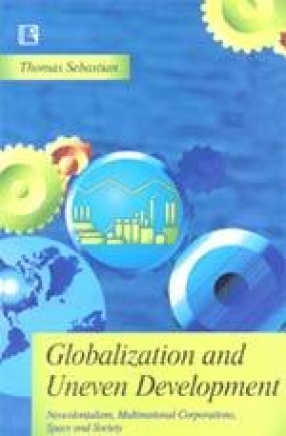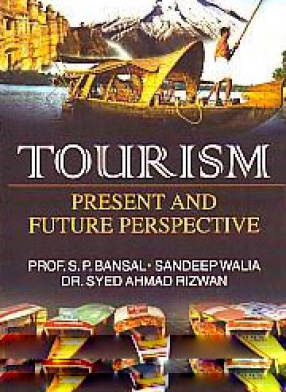Globalization is not new phenomenon; from ancient times peoples of different cultures have entered into long distance trade. Likewise, the multinational corporations (MNCs), the main agents of globlization, are also not new and existed even during the mercantile period. They were like dinosaurs with a gigantic body and a small brain, while their modern version is like an octopus that has spread its tentacles all over the world through its numerous branches, subsidiaries, various kinds of collaborations and networking agreements with local firms to transmit values created in every nook and corner of the world to the center. Hey locate the research and development (R&D) and other intellectually-oriented activities in the metropolitan centers in the developed countries while the manual-oriented activities are channelized in the underdeveloped world. The modern nation-states were created to suit the need of capital to accumulate. As the needs of the capital changes, the imperialist forces created the colonial hierarchy of spaces in new forms with the former imperialist countries on the top and the neocolonies at the bottom. Thus, the advanced countries create and maintain the hierarchy of spaces while the less developed ones produce things in space. The book examines the subtle mechanisms of globalization and its effects, namely adding wealth and prosperity to few while misery and devastation to societies in Asian, Latin American and African Countries and especially India. The book shows that globalization perpetuates and worsens the already existing uneven development in the world.
Globalization and Uneven Development
In stock
Free & Quick Delivery Worldwide
reviews
Bibliographic information
Title
Globalization and Uneven Development
Author
Edition
1st ed.
Publisher
ISBN
8131600580
Length
viii+296p., Tables; Maps; Bibliography; Index; 23cm.
Subjects





There are no reviews yet.